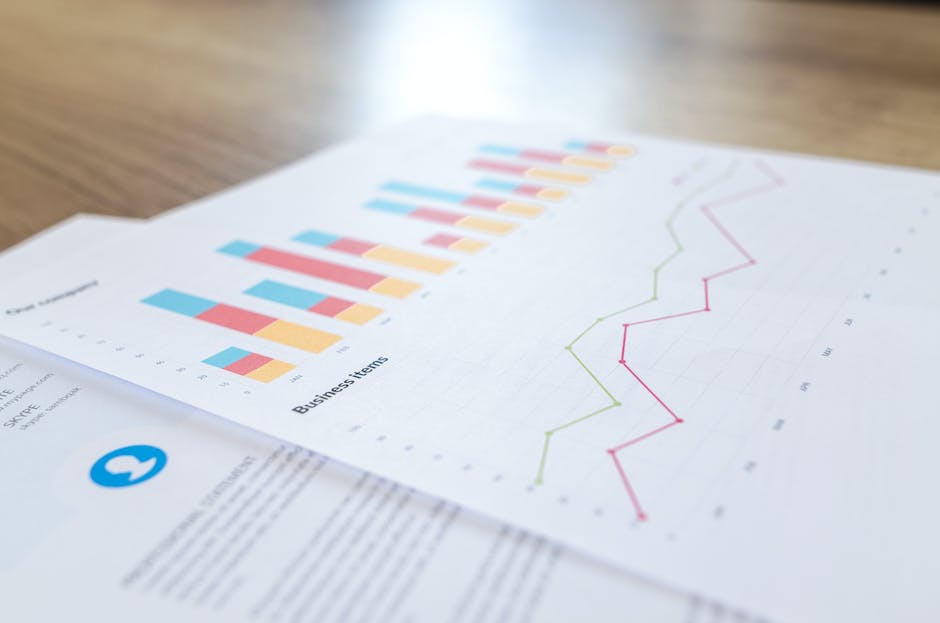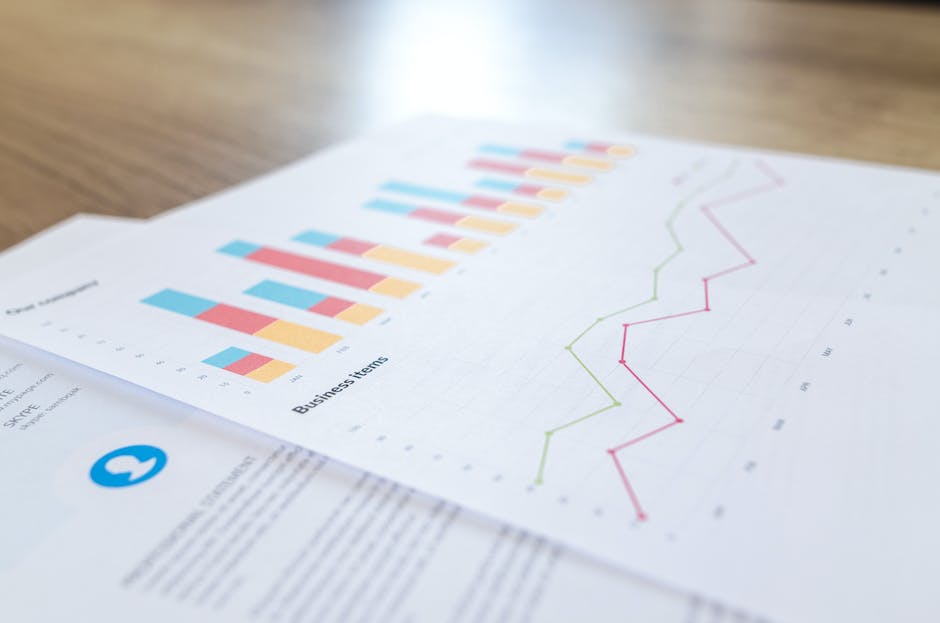Understanding your retirement options is a critical step towards securing a financially stable future, and Individual Retirement Accounts (IRAs) play a fundamental role in this plan. This comprehensive guide will delve into the nuances of what an IRA is and the various types it encompasses, namely Traditional, Roth, SEP, and SIMPLE IRAs. More significantly, the concept, calculation, and the influencing factors of IRA rates or interest rates will be unraveled. A thorough review and understanding of the historical and current trends of these rates can serve as a vital foundation for making well-informed investment decisions.
Understanding the Basics of an IRA
Understanding the Basics of IRA: A Comprehensive Guide
The term IRA stands for Individual Retirement Account. It is generally used as a way to build up savings for retirement with tax-advantaged benefits. There are several types of IRAs, including Traditional, Roth, SEP (Simplified Employee Pension), and SIMPLE (Savings Incentive Match Plan for Employees) IRAs, each with their unique features and benefits.
IRA Types and Their Key Differences
Traditional and Roth IRAs are considered the most popular types of retirement accounts. A Traditional IRA allows individuals to make contributions with pre-tax dollars, allows the investment to grow tax-deferred, and only taxes withdrawals in retirement. This can be beneficial to those who expect to be in a lower tax bracket after retirement.
On the other hand, Roth IRA contributions are made with after-tax dollars, which means that while no tax deduction is provided for the contributions, both the investment growth and withdrawals in retirement are tax-free. This can be a significant benefit for those who expect to be in a higher tax bracket in retirement or for those who want to avoid forced distributions in retirement.
SEP and SIMPLE IRAs are plans more aimed for small business owners or the self-employed. These plans allow for higher annual contribution limits compared to Traditional and Roth IRAs. The SEP IRA can be funded only by the employer, whereas the SIMPLE IRA can be funded by both employers and employees.
IRAs: A Key Component of Retirement Planning
Individual Retirement Accounts, more commonly known as IRAs, provide essential tax benefits that can significantly boost your investment growth as part of your retirement plan. If paired effectively with employer-backed retirement plans such as 401(k)s, IRAs can create a robust base for your retirement savings scheme.
With a variety of IRA types to choose from, people have the freedom to suit their retirement savings plan to their predicted post-retirement income. This personalization can lead to a more efficient and successful savings structure.
Investment flexibility is another appealing feature of an IRA. You have the option to invest in an extensive array of investment categories, including stocks, bond, mutual funds, and exchange-traded funds (ETFs). This broad offering enables strategic investments that align with and bolster your retirement planning objectives.
It’s important for IRA account holders to keep an eye on IRA rate trends, as these can have a considerable impact on their retirement savings. As these rates ebb and flow with market changes, understanding these trends can provide essential insights to optimize the growth of your retirement funds.

Explaining the Concept of IRA Rates
Demystifying IRA Rates: Fundamental Definitions and Background
The term “IRA rates” generally pertains to the interest rates associated with Individual Retirement Accounts (IRA). Simplified, an IRA is a tax-advantaged savings account that individuals can allocate funds to for retirement. The IRA rates or interest rates represent the return or profit earned on the account balance, which is subject to tax deferment over time. A deeper understanding of these rates—their computation, influencing factors, and trends—can significantly assist individuals in effectively planning their retirement finances.
The Calculus of IRA Rates
IRA rates, like any other interest rates in the financial sector, are fundamentally impacted by the Federal Reserve’s modifications to the primary financing rate. The interest rates typically vary based on the IRA type and the institution providing the account. Traditional and Roth IRAs, for instance, don’t typically earn interest unless their funds are invested into other interest-bearing assets such as bonds, CDs, or mutual funds. In contrast, the IRA rates for Saving Incentive Match Plans for Employees (SIMPLE) and Simplified Employee Pension (SEP) IRAs are subject to the rates offered by the providing institution.
Further, to understand how much income your IRA might generate, your deposited funds’ present value, the annual interest rate, and the period of investment are the principal determinants. Using this information, the future value of your IRA can be calculated, which gives a preliminary idea of the amount available at retirement.
Factors impacting IRA Rate Trends
The fluid world of financial markets greatly influences IRA rate trends. The following are the primary factors:
- Federal Reserve Rate Adjustments: Major shifts in IRA rates happen due to changes in federal fund rates. For instance, if the Federal reserve raises the federal funds rate, banks, in turn, tend to raise the rates they offer on deposits, including IRAs.
- Economic Conditions: If economic slump hits, the Federal Reserve will likely reduce the federal funds rate to promote borrowing and investment. This can negatively impact IRA rates.
- Individual Institutions: Rates can also shift based on changes in policies or decisions of individual financial institutions. Certain banks might also offer promotional rates to attract more people to open IRAs.
- Inflation and market conditions: These macroeconomic factors also have a significant influence on IRA rates and their trends. When inflation is high, IRA rates may increase, and vice versa.
How IRA Rates Vary and What It Means for You
The fluctuation of IRA rates can be made more understandable by imagining two investors, A and B, both contributing an equal amount to their IRA accounts. If investor A contributes during a period when the Federal Reserve has increased the federal funds rate, their return could potentially be higher than B’s, who may have contributed during a time of economic downturn when the rate was lowered.
This example illustrates just how critical it is for anyone investing in an IRA to keep an eye on these rates, understand the factors that influence them, and strategically time their contributions. The outcome of these decisions can greatly impact their retirement savings and consequently their standard of living after they retire.

Historical Trend of IRA Rates
The Mechanics of IRA Rates: A Quick Overview
Before we dive into the specifics of historical IRA rates, it’s important to grasp the basic concept of what an IRA is and what role rates play in it. An Individual Retirement Account (IRA) is a means for Americans to save for retirement, with several variations to choose from, including traditional IRAs, Roth IRAs, SIMPLE IRAs, and SEP IRAs. Each type of IRA comes with its own set of tax benefits, contribution limits, and other factors to consider.
Historical Analysis: Reflections on IRA Rate Trends over 30 Years
Let us now look at IRA rate trends across the last three decades, a period filled with changing economic and regulatory landscapes.
The 1990s was a robust period for IRA holders, with interest rates often soaring into the double-digits. Due to a mix of strong economies in the West and a booming stock market fueled by the Dot-Com bubble, IRA rates experienced a positive trajectory.
Shifting into the early 2000s, we faced the burst of the Dot-Com bubble and an economic recession leading to declining interest rates and subsequent effects on IRA rates. However, the unstable markets did not persist, and with the economic recovery, IRA rates rebounded as well.
Fast forward to the 2010s, the interest rates have been historically low, chiefly due to low inflation and Federal Reserve policies, which kept rates low to encourage economic growth after the 2008 financial crisis. This has inevitably affected IRA rates.
Investigating Recent IRA Rate Trends: Focus on the Last 10 Years
In the past decade, IRA rates have continued to contend with low-interest-rate environments. One crucial milestone was the shift from a low-interest-rate policy by the Federal Reserve Bank starting in 2016.
In the backdrop was the legislative change introduced by the SECURE Act of 2019, which changed IRA rules, including higher age for required minimum distributions and the abolition of age limit for contributions to traditional IRAs, potentially affecting future IRA rate trends.
Understanding Factors Impacting IRA Rate Trends
When considering Individual Retirement Account (IRA) rates, it’s important to understand the factors that influence their fluctuation. These include:
- Federal Interest Rates: IRA rates are significantly affected by the Federal Reserve’s interest rate policies; lower federal rates usually correspond with lower IRA rates, and higher rates build the opposite.
- Economic Cycles: Elements like market fluctuations, global recessions, and periods of economic growth play vital roles in the performance of the investments within an IRA, subsequently influencing the rate of return.
- Legislation Changes: Changes in the laws governing IRAs, such as those related to contribution limits or distribution rules, can impact IRA rates indirectly by affecting the frequency and amount of IRA contributions and withdrawals.
In essence, the fluctuating trend of IRA rates is shaped by numerous factors, from legislative adjustments to market trends and economic phases.

Current IRA Rate Trends
A Glimpse into Current IRA Rate Trends
An Individual Retirement Account (IRA) remains a key financial tool for countless Americans planning for their retirement. However, IRA rates are not static by nature – they continually adapt and shift in response to various economic factors impacting the financial market.
The Effect of COVID-19 and Inflation on IRA Rates
The COVID-19 pandemic has dramatically changed the economic landscape and consequently affected IRA rates. Because of the pandemic’s disruption of the economy, the Federal Reserve cut interest rates to near-zero levels in 2020 to encourage borrowing and increase consumer spending.
However, this shift to near-zero interest rates has led to low APYs (annual percentage yields) for many IRA accounts, especially for traditional IRAs where the interest-earning certificates of deposit or money market accounts are often used.
Meanwhile, the US economy is facing higher inflation rates, which haven’t been this high in decades. The Consumer Price Index, a crucial measure of inflation, has seen an increase of about 7% within the last year. This high inflation rate can also affect the real rate of return on IRAs.
If the inflation rate is higher than the rate of return on an IRA, it could potentially erode the purchasing power of the savings over time. This scenario poses a significant challenge to IRAs, particularly when the interest rates are low.
Federal Reserve’s Outlook and Its Impact on IRA Rates
The Federal Reserve plays an instrumental role in guiding interest rates in the economy. In response to the heightened inflation, the Federal Reserve is planning to increase interest rates in 2022.
This increment could potentially be a big game-changer for IRA rates. Higher interest rates usually mean higher yields for savings and investment accounts, including IRAs. That is because banks and other financial institutions are usually willing to offer higher interest rates on deposits when the Federal Reserve tightens monetary policy.
Nevertheless, it’s essential to note that the increase in IRA rates might not happen immediately. The effect of Federal Reserve’s policy changes often takes time to trickle down into the rates that banks offer on deposit accounts.
Lastly, understanding these trends is vital for current IRA holders and those considering opening an IRA account. Strategies might need to be tweaked, with a keener focus on maintaining the purchasing power of the retirement savings amid rising inflation and a shifting interest rate environment.

Arming yourself with the knowledge about IRA rate trends is an indispensable facet of financial planning. Gaining a historical perspective coupled with a grasp of the current landscape puts you in a better position to navigate the complexities of retirement investments. By understanding these concepts and trends, you can strategically plan and make the most of the current rates, giving you a stronger foothold on your journey towards a financially secure retirement. Considering the profound impact these rates can have on your future, staying informed and proactive is the best approach.
